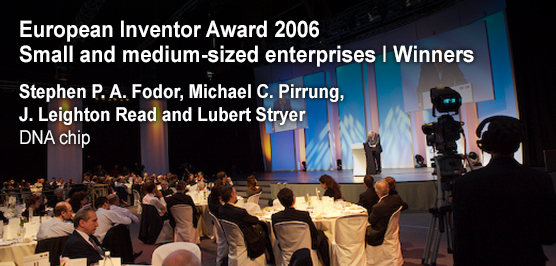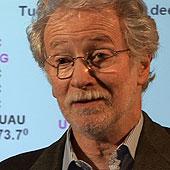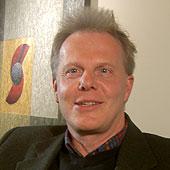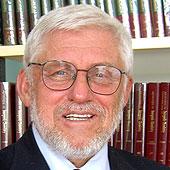Stephen P.A. Fodor, Michael C. Pirrung, J. Leighton Read, Lubert Stryer
DNA chip
European Inventors of the Year 2006 in the category "Small and medium-sized enterprises"
VLSIPS: A not-so-familiar abbreviation for Very Large Scale Immobilised Polymer Syntheses. Though few would recognise the invention by that name, few would fail to recognize it by its shortened, simplified name – the DNA chip.
A breakthrough in the field of biochemical analysis, the theory behind the DNA chip is the notion that semiconductor manufacturing techniques could be united with advances in combinatorial chemistry to build vast amounts of biological data on a small glass chip.
Once on the chip, the data could then be used to identify susceptibility to diseases with a genetic component and to identify pathogens or other biological agents based on their respective genetic signatures.
The DNA chip journey started at a European firm in the late 1980s, with Dr Stephen P.A. Fodor at the head of a team of scientists that included co-inventors Michael C. Pirrung, Leighton J. Read and Lubert Styer.
Fodor, a native of Seattle, Washington, received his PhD in Chemistry at Princeton University before joining Affymax, a Dutch company, in 1989. Fodor was recruited to work at the Affymax Research Institute in Palo Alto, California, a wholly owned subsidiary of Affymax, and it was there that he began spearheading the research that eventually led to the invention of the DNA chip.
At the core of the idea was the adoption of the same photolithographic technologies used by Silicon Valley computer chip manufacturers, but in this case used for the purpose of rapidly generating many different peptide or oligonucleotide compounds.
A single DNA chip measuring 1.28 cm by 1.28 cm, for example, can hold more than 400,000 of these “probe” molecules, allowing biologists to carry out huge numbers of experiments at the same time. Researchers are now able to ask questions across a whole genome at once instead of just a few genes at a time, and perform research in hours that used to take weeks, months – or even years.
Commercial potential of the DNA chip was evident from the early stages, and Fodor quickly found himself entrepreneur in addition to scientist. In 1993, Affymetrix, a spin-off of Affymax, was created, and by 1994 manufacturing and sales were underway.
From its founding, Affymetrix relied heavily on government grants to secure funding for its research, taking in over $30 million. The company also netted $60 million in two rounds of private funding, and a further $90 million through its initial public offering (IPO) in 1996.
Though revenues were still slim for Affymetrix in the year of its IPO, at just $25 million, by 2001 the company was shipping between 5,000 and 10,000 DNA chips per month. Today Affymetrix employs around 1,000 people, and Fodor, now the company’s CEO, can boast of global revenues nearing the $400 million mark.
From the beginning, Affymetrix established a reputation for methodically and aggressively creating protection for its core technology through its intellectual property portfolio. By the end of 2000, it held 150 patents and earned ten percent of its income from license fees and royalties.
The patent for the DNA chip was filed in Europe in August 1994 (EP0476014). It was a significant period in science: The Human Genome Project was in full swing, receiving considerable attention both in the inner circles of the scientific community as well as in the mainstream press.
Today Affymetrix’s products are used by pharmaceutical, biotechnology, agrichemical, diagnostics and consumer products companies, as well as academic, government and other non-profit research institutes.
The chips are being utilised in a number of basic and clinical areas of research, including the detection of drug resistant mutations in infectious organisms, the monitoring of multiple human genes for cancer associated mutations, and for providing new insights into conditions ranging from diabetes to heart disease.
It’s been called the “Rosetta Stone of Functional Genetics,” and Fodor and Affymetrix have been credited with providing systems that enable scientists to improve the quality of life.
Contact
European Inventor Award and Young Inventors Prize queries:
european-inventor@epo.org Subscribe to the European Inventor Award newsletterMedia-related queries:
Contact our Press team#InventorAward #YoungInventors




